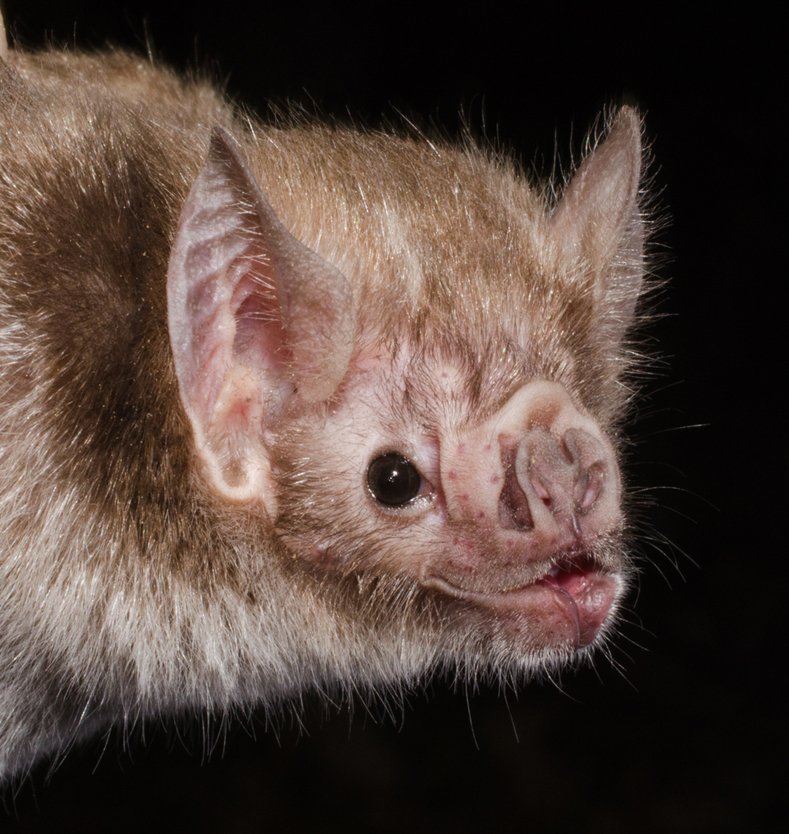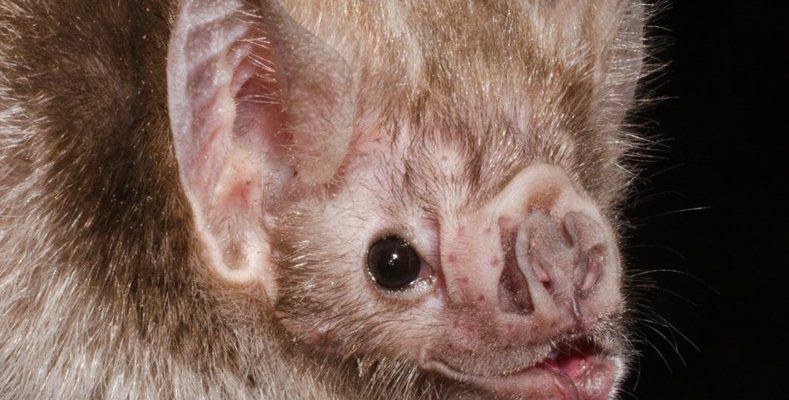
Vampire bats are a perfect example of how life can adapt to survive in various environments. They have some pretty clever hunting strategies up their sleeves that make them unique among mammals. Let’s dive into their world to understand how they find their meals and what they eat, or as I like to think of it—how these little vampires go about their nightly feasts.
What Do Vampire Bats Eat?
Right off the bat (pun intended), you might wonder what exactly vampire bats consume. The name can be misleading! They don’t feast on all kinds of blood. There are three species of vampire bats, and two of them primarily feed on the blood of birds and mammals. Their most common targets include livestock like cows and horses, but they can also bite smaller animals.
This diet is quite specialized. Unlike other bats that have a varied menu of fruits or insects, vampire bats rely solely on blood. The way they get their nutrients is by sipping blood—much like we might enjoy a refreshing drink. They can consume up to about a tablespoon of blood in one feeding session. It may seem a bit gruesome, but it’s a necessary means of survival for these bats.
Their feeding times are usually at night, which is when they feel safest from potential predators. This nocturnal lifestyle not only helps them avoid dangers but also ensures they find their prey when it’s least alert.
The Hunting Techniques of Vampire Bats
Now, let’s get into how these little creatures hunt. Vampire bats are not just winged bandits; they’re skilled predators. They have a few tricks that help them locate and approach their prey without being noticed.
First, they use something called *infrared sensors* on their nose to detect body heat. This allows them to find warm-blooded animals even in the dark. It’s like having built-in night vision goggles! When they’re close enough, they can land quietly on their target, using their keen hearing to listen for sounds.
Next up, they have sharp teeth, but it’s not about tearing flesh. Instead, vampire bats make a small incision in the skin of their prey. They then lap up the blood with their tongues. It’s important to note that their saliva contains anticoagulants. This means the blood won’t clot while they feed, allowing them to drink slowly and thoroughly.
This process might sound ruthless, but it’s a remarkable adaptation that helps them thrive where other food sources might not be available.
Social Drinking: The Role of Camaraderie
You might be surprised to learn that vampire bats are quite social creatures. In fact, they often share their food with each other. This behavior is essential for their survival, especially for bats that may not have had any luck hunting on a given night.
If one bat has successfully fed, it might regurgitate some blood for a fellow bat that hasn’t eaten. This sharing strengthens social bonds within the colony, which can be critical. If a bat goes too long without feeding, it might not survive, so this communal support helps everyone to stay healthy.
It’s a little like potluck dinners among friends—everyone brings something to the table, ensuring no one goes hungry!
Vampire Bat Adaptations
Vampire bats have evolved some impressive adaptations that make them successful hunters. One of the most notable is their ability to use echolocation, which helps them navigate and locate their prey in the dark. While they primarily rely on their senses, echolocation gives them an added advantage, just like how we might use our eyes or ears to find something in a crowded room.
Their physical structure also plays a crucial role. Vampire bats have lightweight bodies and flexible wings, enabling them to maneuver quickly and quietly. Imagine gliding through the night as silently as a whisper—that’s the vampire bat’s hunting style!
Moreover, their cold-blooded nature means they can withstand cooler nights, which is common in their habitats. This resilience allows them to venture out when other animals might prefer to stay sheltered.
Impact on Ecosystems
The presence of vampire bats in an ecosystem may seem like a negative aspect, especially given their dietary habits. However, they play a crucial role in maintaining balance in their environments. By feeding on the blood of other animals, they help control the population of certain species, just as predators do in a balanced ecosystem.
Moreover, their feeding behaviors can assist in the health of their prey. When bats feed on livestock (usually without causing serious harm), they can help ensure that weaker or sick animals are weeded out. This natural process contributes to the overall well-being of herds.
It’s a case where one creature’s dinner plate can have a wider impact on the circle of life. While their blood-sucking habits might not win them any popularity contests, they truly are part of the intricate web that holds ecosystems together.
Why Should We Care About Vampire Bats?
Understanding vampire bats is more than just a curiosity; it’s about appreciating the nuances of nature. These bats are often misunderstood and can be labeled as nothing more than creepy villains. But if we take the time to learn about their habits and the role they play, we can appreciate them for their unique adaptations and contributions to the environment.
Moreover, studying these bats can give us insights into various scientific fields, including medicine. For example, their anticoagulant properties have sparked interest in developing new medications for humans. You never know how one creature’s survival strategies might lead to discoveries that can benefit mankind!
Embracing the diversity of wildlife, even the creatures that might seem frightening, helps us foster a more respectful relationship with nature.
Final Thoughts
To wrap things up, the diet and hunting strategies of the vampire bat are truly fascinating. With their specialized feeding habits, social behaviors, and adaptations, these little mammals exemplify the wonders of evolution. They highlight how species can thrive in unique niches, reminding us that every creature, no matter how small or seemingly odd, has a role in the grand scheme of life.
So the next time you see a bat flitting through the night sky, remember there’s more to the story than meets the eye. They’re not just flying around—they’re masters of survival, utilizing their skills in ways that keep the natural world ticking. Who knew there was so much to learn from these pint-sized vampires?

